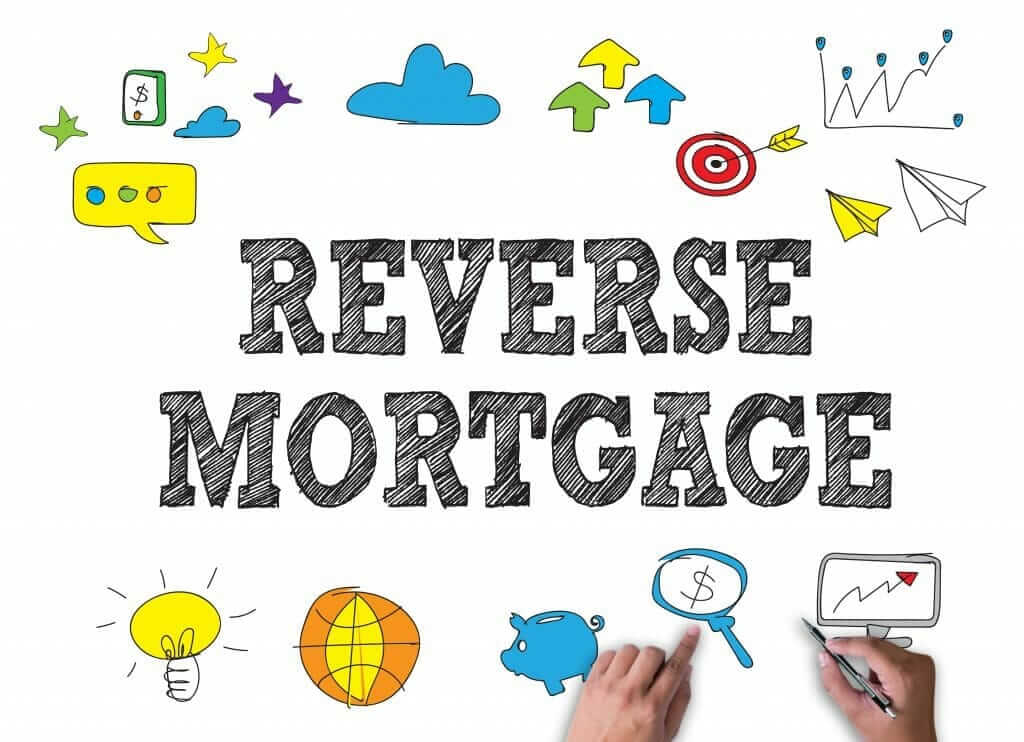Important Details to Know About a Reverse Mortgage
When you retire, you may need a financial backup, if the fixed income you suddenly find yourself collecting is not enough. Your first thought may be to take out a mortgage on your home, but a traditional mortgage is only a short-term solution. You have to start paying part of it back quite quickly, which means you will only increase your ongoing bills. When you take out a reverse mortgage, you have no such increase is regularly scheduled bills. The mortgage balance is only due in full when you no longer own or live in your home. Therefore, you can have a lot of financial freedom when you retire, as long as you do not violate the loan terms. Nevertheless, there are several important details you need to know about reverse mortgages before you obtain one.
Qualifying for a Reverse Mortgage is Fairly Easy
There are few qualifications to meet when applying for a reverse mortgage. For the most part, you just need to live in the home and be 62 years of age or older. If your spouse is also signing the loan agreement, he or she must meet the age requirement as well. The home itself must also have a high enough value to be worth requesting the mortgage. Additionally, your reverse mortgage lender may require you to pass a credit check because you must prove you have enough financial stability to continue meeting the responsibilities of home ownership for the duration of the loan.
You Can Choose How the Reverse Mortgage Money is Issued to You
The next thing you need to know about a reverse mortgage is you can ask your lender to dole out the money to you in a number of ways. Common options are to request one large payment or a line of credit you can draw from as expenses arise. Another popular choice is to have your lender mail you payments each month until the maximum amount has been reached. Doing so can provide you with a monthly boost of cash to cover household bills or any other expenses you have.
The Amount You Can Borrow with a Reverse Mortgage is Regulated by the Government
Before you can sign a reverse loan agreement, a reverse mortgage calculator is used to establish the limitations of the loan. The reason such a tool is necessary is because federal laws are in place preventing the full equity of your home from being borrowed. The purpose of limiting what you can borrow is to help keep you and your lender safe from entering into a costly failed loan agreement. After the reverse mortgage calculator is used, you will be informed of how much you can borrow.
Reverse Mortgages are Home Equity Conversion Mortgages, Almost
If you are wondering what the difference is between a home equity conversion mortgage (HECM) and a reverse mortgage, the biggest difference is the issuing lender. A reverse mortgage is issued privately. An HECM is issued by a government agency. While both are subject to federal regulations, only an HECM is fully monitored and insured by the government. Therefore, if you get a mortgage from a private lender, you must make sure the company is reputable to avoid a reverse loan scam.
A Reverse Mortgage is the Only Mortgage You Can Have, Except Initially
Already having a traditional mortgage on your home does not disqualify you from applying for a reverse loan. However, you are not allowed to maintain both loans on a long-term basis. Instead, you are required to spend reverse mortgage funds to pay the balance on the first loan. Then you can spend the funds that remain freely.





























